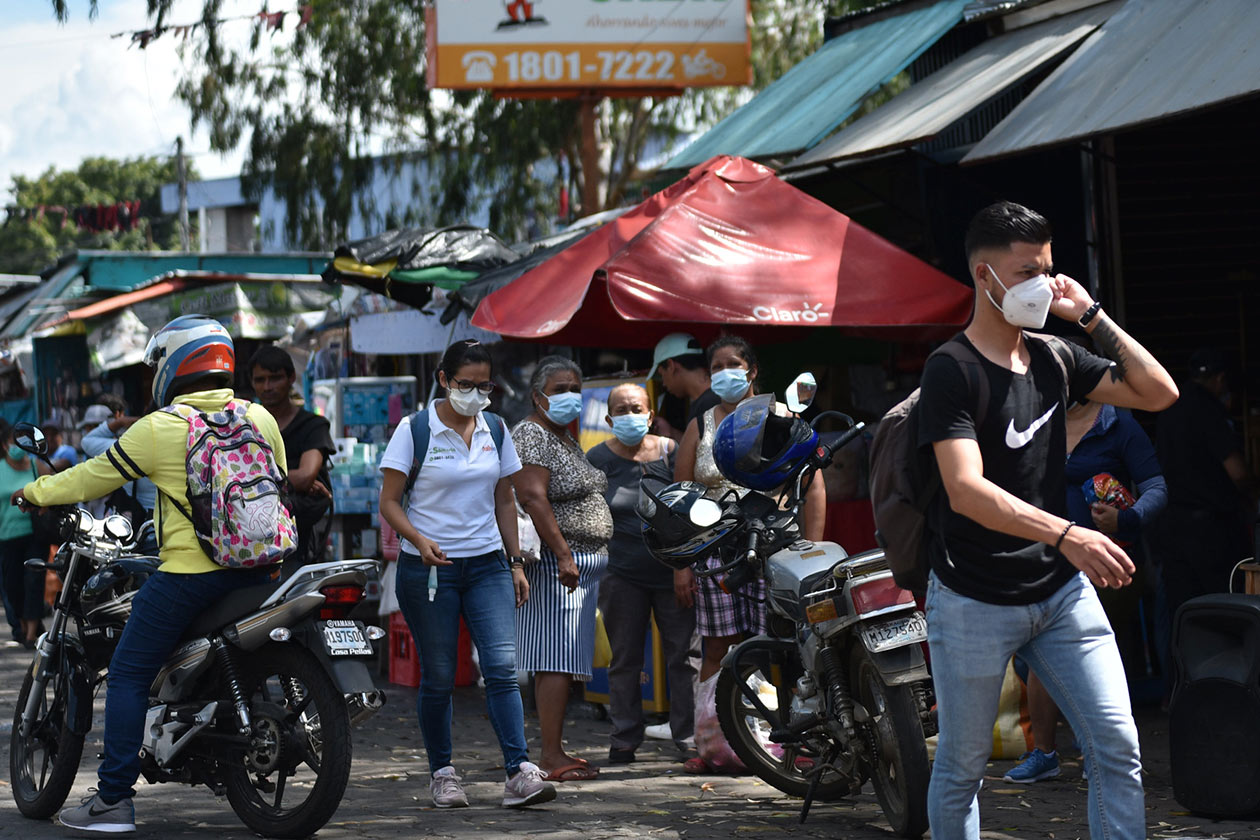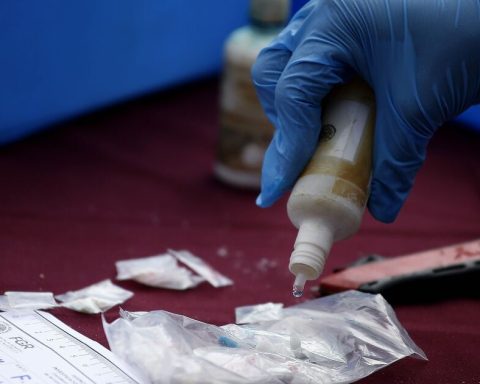The Ministry of Health (Minsa) has been reporting a decrease in covid-19 infections for four consecutive weeks, after admitting a slight increase triggered by the omicron variant. However, this reduction would hide the underreporting that the new strain is leaving, which until now is seen as less aggressive.
“Because it is not very aggressive in terms of symptoms, the disease hides more and that is why we do not see high numbers reflected, however experience tells us that due to its high level of contagion it should go upwards, the trend is upwards”, says the epidemiologist, Leonel Argüello.
The doctor points out that this variant is less serious than the others, except for certain vulnerable groups such as people over 60, pregnant women and the chronic population. The virus could complicate them and kill them. Likewise, he points out that in some parts of the country the delta strain is still circulating, which last year triggered the second wave, the most aggressive registered in Nicaragua.
As reported by the Pan American Health Organization (PAHO), in 2022, Nicaragua predominates the omicron variant and until the end of February, “an increase in cases by a third in what are admissions to intensive care” was officially reported, “said the director of this body, Carissa Etienne.
The epidemiologist, who has been providing medical consultations and carrying out informative work for the population since the start of the pandemic, believes that omicron “is a variant that, due to the low degree of discomfort it produces, feeds underreporting and the false sense of security that everything is already under control. control”.
Unlike other moments of the pandemic, this time Nicaragua has less data to analyze the behavior of the pandemic. The Citizen Observatory lost the capacity to collect information and now only publishes its reports fortnightly, reports on “covid tests” are also unknown, nor are real-time data on respiratory diseases such as pneumonia.
Measures must continue: “We must be prudent”
The doctor emphasizes that although ómicron is less aggressive, care must be taken because the virus also produces “the persistent covid”, in which those infected (adults, young people and children) after three months may present discomfort that decreases their quality of life. Likewise, the expert believes that at this moment Nicaragua is facing a third wave, but due to underreporting they are not seen in the statistics.
“The experience with covid-19 has shown us that we must be prudent, that whenever we lower the prevention measures, a large increase in the disease comes to us and because it is contagious, one patient can infect ten, compared to eight of the delta variant, you can also create another variant”, he explains.
The epidemiologist explains that other countries are experiencing an increase in covid-19 due to the BA.2 omicron variant. It has been confirmed that this is more contagious and its ability to complicate patients and escape the protection acquired by vaccines is still being studied. Therefore, the recommendation is to continue with prevention measures.
“No one slows down when they approach the goal, rather they accelerate, that is what we should be doing, strengthening prevention measures and increasing coverage of the most vulnerable groups to 80% and then continuing with the rest of the population” , he points out.
OPS issues alert before subvariant
On Friday, March 19, PAHO issued an epidemiological alert for the Americas due to the increase in cases in Africa, Europe and the Western Pacific due to the BA.2 sublineage of omicron in which it “urges member states to remain on alert to detect clinical, epidemiological and virological changes, and to detect changes in the trend of cases, hospitalizations and/or deaths”.
Likewise, they pointed out that despite the effort made at the regional level to increase the proportion of the immunized population, “there is a latent risk of another increase in cases, hospitalizations and deaths in the region, mainly in those areas with a high proportion of the population that is not immunized or partially immunized.
Nicaragua has already managed to immunize 61% of the population with the complete scheme, according to information from the Minsa to PAHO. However, a review of CONFIDENTIAL revealed that the autonomous regions of the North and South Caribbean, the poorest in Nicaragua and with the largest ethnic population, have the lowest percentage of the population vaccinated against covid-19.
















